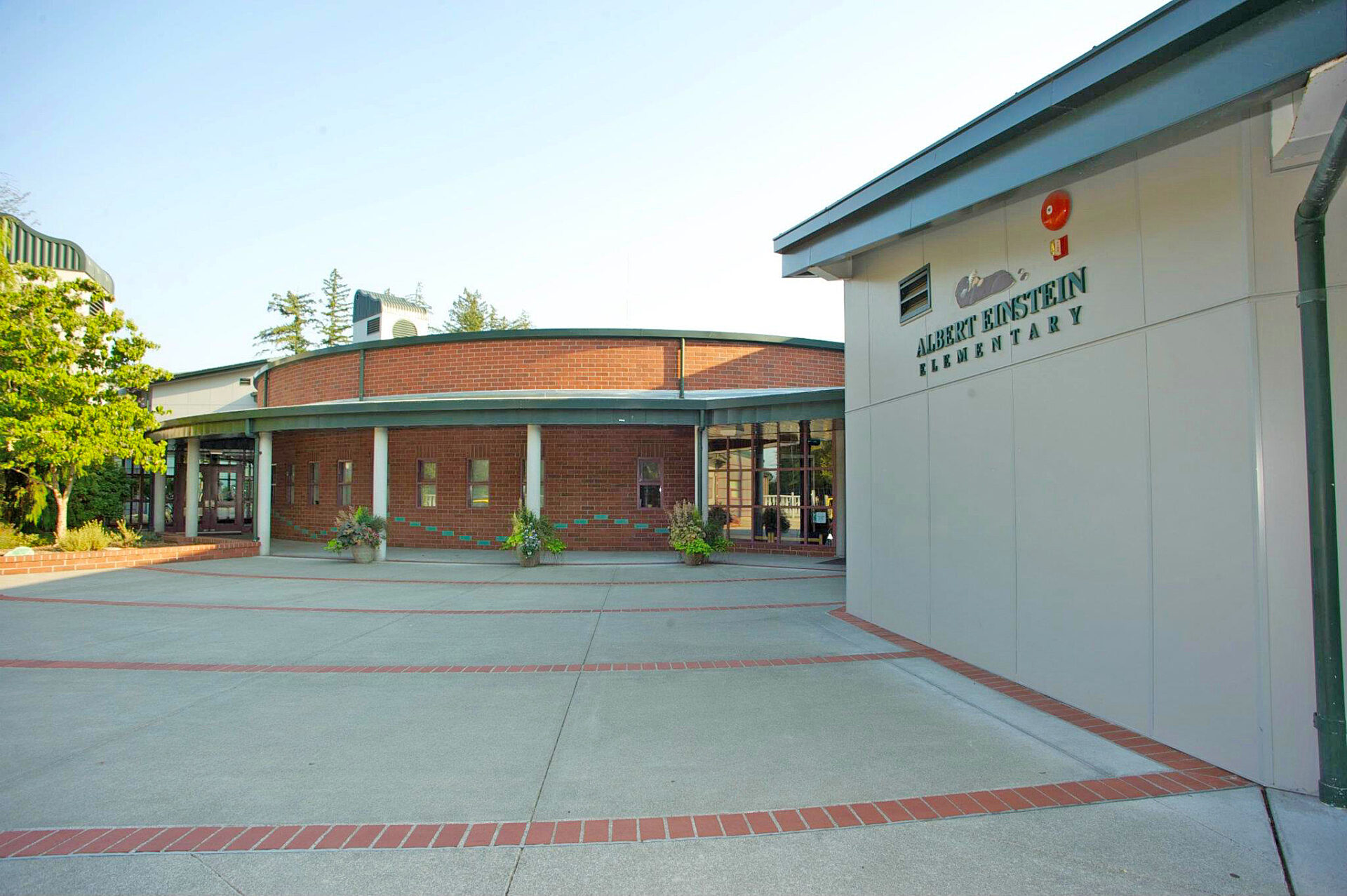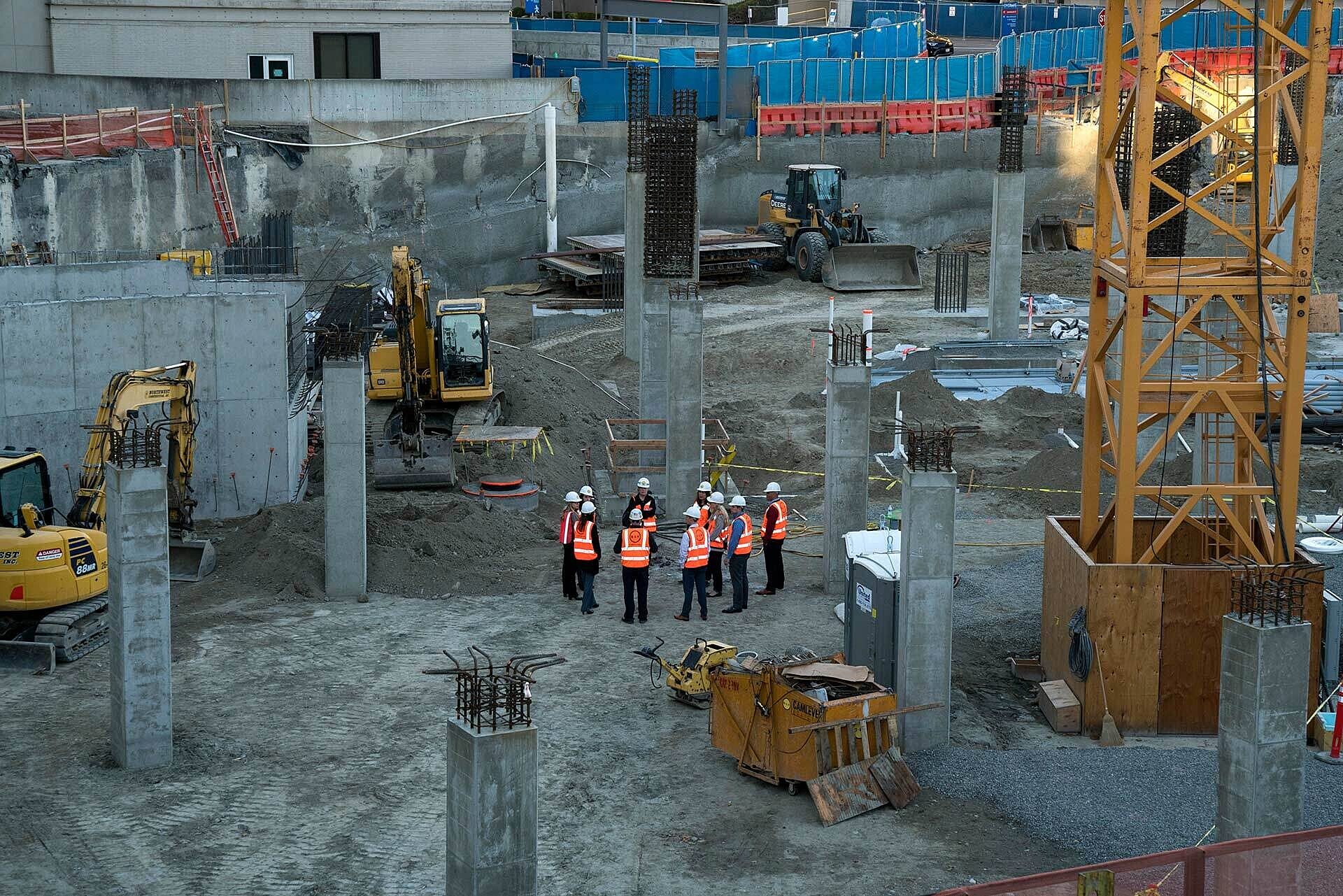Collaborative Delivery

Insights 12.04.2024
Seismic Upgrades: Building Resilience for Safer Schools
Read More


If you think collaboration is a buzzword and hearing or even just reading it makes your eyes glaze over, you're not alone! It's a vague concept that can be used to mean anything.
But it's also important in our industry, on every project.
What drives successful collaboration in the AEC world, REALLY? What specific characteristics contribute to it, and why are they important? Is collaboration more than something you feel, or see when it's missing?
Collaboration is often discussed as part of integrated project delivery or design-build, usually about working together in the Big Room. While that's all true, there's opportunity to collaborate effectively on each and every project, regardless of delivery method. Relationships always exist, and collaboration can help make something that is often stressful, actually enjoyable and with a better outcome.
It all begins with attitude—a desire to serve clients, design partners, specialty trades, coworkers, and ourselves in a way that moves us all forward together. This turns into consistent energy and attention. What makes this attitude so exciting is that it’s embedded in everything we do, from providing an outstanding experience to the effort we put into every spreadsheet, to continuously improving and investing in each other.
So, how exactly do you collaborate? These are some of the core elements of collaboration that we strive for at GLY:
Trust: We’re short on acronyms in the AEC industry, so here’s one from The Leadership Challenge—DWYSYWD, or Do What You Say You Will Do. This simple standard will earn trust among your team members and is essential to any collaborative effort where everyone depends upon each other.
One Team: Be a united team in service to the project, working in common cause. We seek to embody retired GLY CEO Roger Anderson’s ethos of crossing traditional contractual lines to support the team in carrying out our common task. In short, do whatever it takes to make sure each of us is successful, so that all of us are successful.
Relentless Forward Motion: This is the output of intense optimism, and a belief that the best is yet to come, and challenges are temporary and solvable if we work together. Note that sometimes forward is sideways. Or backwards. But hang in there and follow the path, and it will all work out.
Multidisciplinary Thinking: Challenge yourself to get out of your own perspective and think in a broader sense about what’s important to clients, design partners, stakeholders, and the community. Use different filters to evaluate project decisions, including cost, quality, time, design value, scope, performance, safety, and impact to the team.
Constructive Conflict: When we keep relationships front and center and respect people, we can share ideas more freely. Our work benefits from challenging conversations and differences in thought, and outcomes can be much more durable having faced the scrutiny of conflicting ideas.
Solutions Focus: When presented with a challenge, be the first to ask empowering, productive questions—ones that start with something like “how can we…?”
Warm Hugs: Olaf from Frozen was onto something. People are people first, and we’re wired for connection, whether it's literal hugs or figurative ones. After months or years of remote work where connection can look and feel different, being empathetic and remembering that we’re all human and have our own challenges is especially important.
Clarity of Communication: Ambiguous communication creates more work. Be patient and explore issues to ensure that your viewpoint, supporting information, and request are clear.
Curiosity: Knowing can be a barrier to successful projects and lasting relationships. Be curious, ask questions, and embrace the ambiguity that comes early in every project or problem. Be excited about where the path may lead. This is the path to great outcomes. [One of our favorite methods of fostering a team culture is to learn something together].
Empowered Accountability: The opposite of group think or death by consensus is a culture of empowerment where individuals can use their professional skills and judgement to progress an idea into action when needed. Always understand where this is appropriate and keep the team informed of course.
1 + 1 = 4! When we work together, the sum of our outputs is worth double what we collectively put in. This is best form of value engineering.
In an era where differences are accentuated more than common ideals, economic headwinds are strong, and all projects face challenges of one kind or another, we need each other more than ever. Let's start with a mindset that whatever happens, we can handle it together and the best is yet to come. It will serve us all well. We got this.